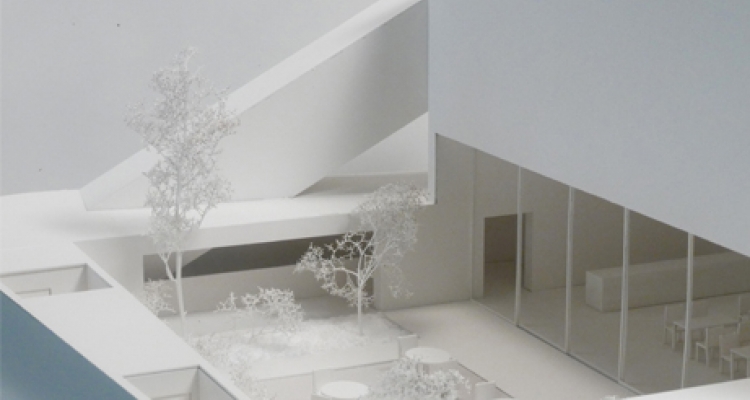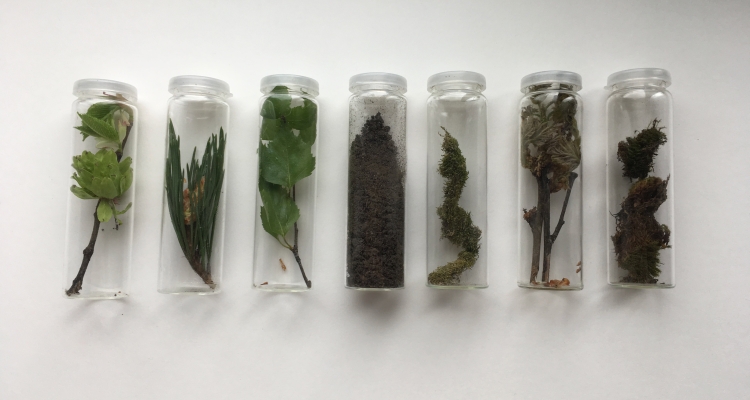As an institute with a local connection joins an institution with no home at all, the project reassembles both within the framework of a centre for young artists.
The program requires not only the building of a hub for performances, exhibitions and seminars, but also the making of a place that in form and expression combines the architectural diversity in the area.
Diploma project
In Oslo, a municipality run monopoly ran the cinema market for 86 years, operating around 30 venues at its most - before the eight remaining cinemas in 2013 were sold to a commercial owner (Oslo Kino / Egmont). This has led to a market offering little variation, with Cinemateket as Oslo Kino’s strongest competition.
The diploma project aims to offer a different type of cinema in Oslo by combining a small independent cinema with a restaurant /bar and a small garden - creating a new social framework around the event of going to the cinema.
We use various types of playing as ways of rehearsing and practicing for an independent adult life: training balance, building social competence, experiencing justice.
As human beings we need to practice all the different categories of play in order to grow and evolve. How can the lack of variation in playgrounds be counteracted so that other age groups can practice other types of play in areas of other forms and materials?
The images introduce a measure of intensity, in the context of a time-based evolution, to create a seamless categorisation of landscape features, qualified through the identification and interpretation of patterns. Within this context, patterns are continuous conditions such as use of materials, complexity of built environment or division and use of space.
What is figure, what is ground? In order to act towards the matters that stay hidden to our perception, we need to enhance our spectrum of perspectives on the world.
Finnish Lapland, until now known for its pristine nature, is on its way of becoming a playground for foreign mining companies that capitalise on the landscape with the blessing of the authorities. The project extrapolates this development into a bleak game world and sketches out its underlying logics: the story, the spaces, the rules, the actions and interactions.
By literally playing the ground—exploring the landscape, balancing the mine and its environment—the player is exposed to questions of ecology, economy, and politics. Who wins and who loses?
Öxarfjörður sits at the outskirts of the habitable world, it is a place where the powerful nature can be felt on the skin, where it is possible to let go of everyday stress and let it be blown out to sea, past the horizon and out of exictence.
We use various types of playing as ways of rehearsing and practicing for an independent adult life: training balance, building social competence, experiencing justice. As human beings we need to practice all the different categories of play in order to grow and evolve. How can the lack of variation in playgrounds be counteracted so that other age groups can practice other types of play in areas of other forms and materials?
Öxarfjörður sits at the outskirts of the habitable world, it is a place where the powerful nature can be felt on the skin, where it is possible to let go of everyday stress and let it be blown out to sea, past the horizon and out of exictence.
Capillarity plays a crucial role. The valley’s topography guides the spread and accumulation of water to the ground and plants for percolation and storage. Plants bring water up the roots and stems, returning moisture to the environment. Rain percolates down through soil and rock to the water table.
The focused interventions will help to improve social life between the quarters on both sides of the stream by utilizing found conditions, local knowledge, and over-looked public spaces.













